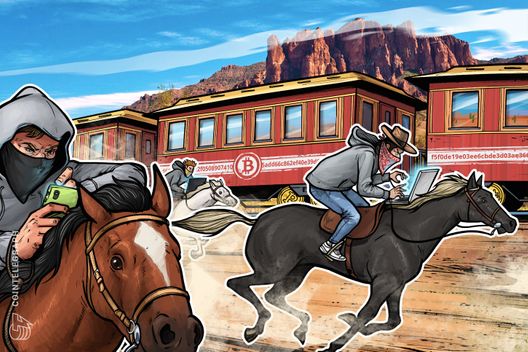The second day of the BlockShow Americas 2018 kicked off with a robust debate on the usefulness of cryptocurrencies between Nouriel Roubini, CEO of Roubini Macro Associates and predictor of the global financial crisis in 2008, also known as ‘Dr.Doom,’ and Alex Mashinsky, founder of Celsius Network. Roubini argued that “in the space of crypto there is zero security,” claiming there is “no democratization and decentralization.”
Mashinsky responded “the current system does not work for seven billion people in the world,” while “only people who work on Wall Street can pay their bills.” He added, “saying that fintech has nothing to do with crypto is not true.”
The conference continued with a discussion of blockchain deployment in e-commerce, and how it can benefit retailers and customers. Some of the speakers expressed doubts regarding crypto use in everyday life like Austin Kimm, COO at Crypterium.
Kimm said that there is “no real use case, [the industry has] to find a reason why older people will pick up using crypto.” Eric Benz, founding member of the U.K. Digital Currency Association, said that the ecosystem was very small, and that consumer uncertainty around cryptocurrencies is affecting its growth and its use.
“The size of this ecosystem is an amoeba… At the end of the day from a consumer perspective, I want to know that my money is with me at night.”
Later on, Roubini joined a debate on how blockchain is seen from the perspective of major institutions, joining industry players like Tone Vays, an ex-Wall Street professional and researcher, Sterlin Lujan, communication ambassador at Bitcoin.com, and David Drake, founder and chairman at LDJ Capital. Roubini asserted that “everything in the crypto space is useless,” and questioned the necessity of blockchain integration:
“Fintech is not blockchain. Why we need blockchain?! Billions of people doing billions of transactions using digital companies – PayPal, etc. What has it to do with blockchain? Zero. A farmer in Kenya can use Intesa. Why does he need blockchain?!”
Speaking about tokenization of physical assets, Mike Butcher, Editor-At-Large at TechCrunch, claimed that a robust legal infrastructure is necessary for the industry to thrive. Butcher said “regulation is the key”, noting that “Poland and France are embracing crypto as a legal methodology.”
Vladimir Tomko, CEO of Blockchain Cuties, argued that by 2019 the gaming industry will embrace tokenization “for sure.” While Tomko admitted that a lot of Initial Coin Offerings (ICOs) were scams and some crypto games are ponzi schemes, Tomko said that the community and developers are working to make the environment more transparent and safer.
In a discussion on how blockchain can affect the Americas’ emerging economies, the panel moderator Michael Gasiorek claimed that there are “a lot of good intentions,” however the “problem is how to get citizens to be involved.”
While Manish Sharma, Senior Product Manager at LinkedIn, proposed to give “power back to the people,” Dan Itkis, co-creator of blockchain payment processor GRAFT, argued that “blockchain is all about decentralization. The more you could divide through people, the more you are towards decentralization.”
During the Bitcoin ETF panel discussion, blockchain media advisor Dallas Santana said he is bored with crypto because “there is no real business behind it,” adding that he is “sick and tired of the Bitcoin story” as it is hurting the development of the industry. Santana argued that funds that do well will build portfolios “the old fashioned way”, by researching companies and their business models.









